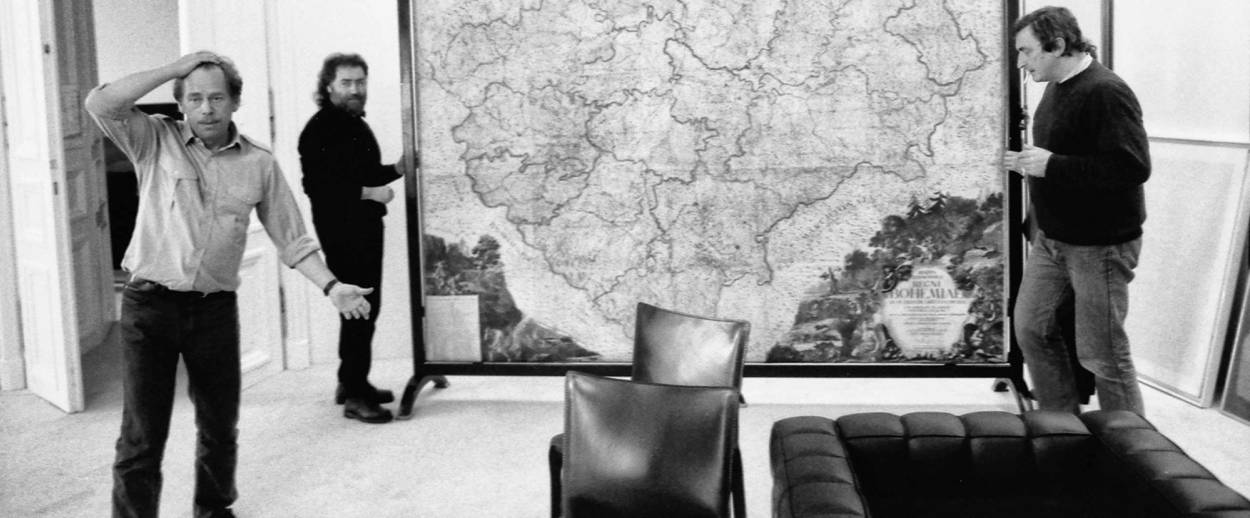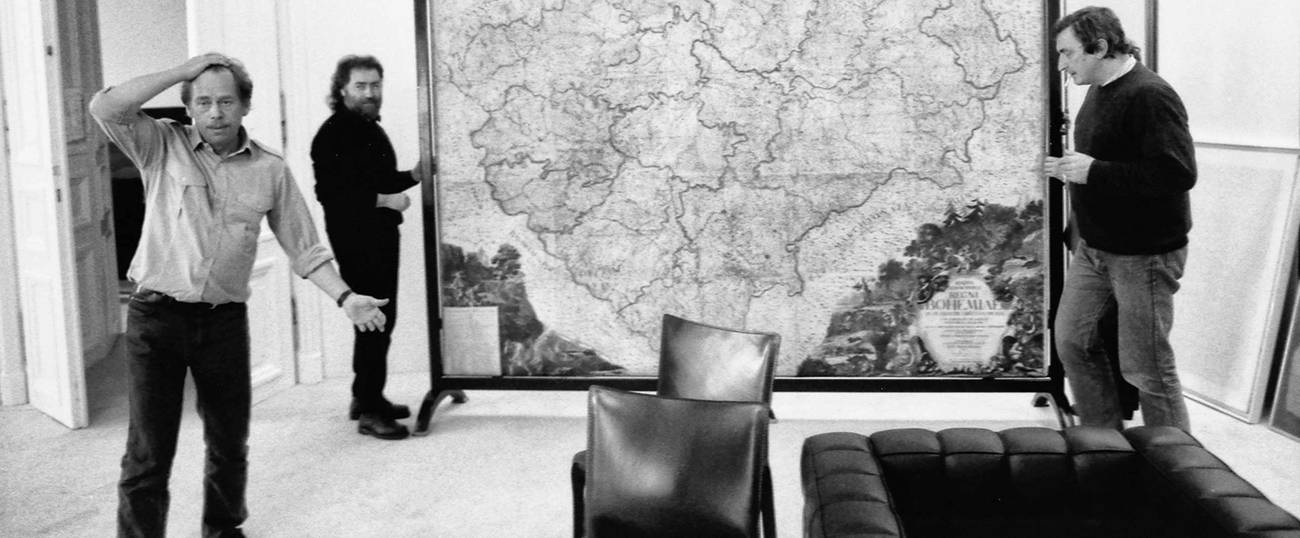Who Won the Cold War?
How change swept across central Europe 30 years ago this fall




Come Nov. 9, there will be celebrations in Berlin and elsewhere, as everyone will recall that historic night in 1989. That is when West and East Berliners, responding to a muddled statement during a press conference that East Germans were free to travel “immediately,” rushed that hated wall and scampered on top of it while tens of thousands pushed their way through the borders dividing the city as East German soldiers looked on and shrugged. Less than a year later, East Germany ceased to exist and Germany was unified (or reunified, depending on whom you ask). So Nov. 9 was the night Communism ended.
Not so fast, the Poles will tell you. It was on June 4 and 18, in the first freely contested parliamentary elections in which non-Communists were allowed to stand, that Solidarity opposition candidates won every contested seat.
Hold on, say the Hungarians and the Austrians. On June 27, their foreign ministers stepped up to the barbed wire fence separating the two countries and began cutting away.
And watching the ministers cut away on the West German evening news that night in Budapest, my landlord, Joszi, raised the beer he was drinking and said, “Here’s to the end of East Germany!”
I laughed and asked how he could say such a thing.
“Simple,” he said. “Most East Germans watch West German TV, right?”
I nodded.
“So they’re watching this, right?”
Check.
“And as you know, tens of thousands of East Germans come to Hungary every summer to go to Lake Balaton.”
Since Hungary was a sister socialist republic, East Germans did not need permission. So I agreed.
“Well with that border gone, they will head for Austria and West Germany. And you can kiss East Germany goodbye.”
It didn’t take long for the East Germans to start arriving in Budapest. Like the next day. And over the next few weeks, as July turned to August, some really did venture over the border, but one August night, there was a scuffle: An East German was killed by a Hungarian border guard and the border was sealed shut.
It was too late: Tens of thousands of East Germans were streaming into Hungary, and they were camping out in city parks, in church gardens, and all over my neighborhood.
The East German Communist regime demanded they be sent back, but the Hungarian government, now run by young reformers, rolled their eyes at that idea. And the policemen wandering through the tent cities in the Buda hills did nothing more aggressive than pat the heads of beaming children who were running around kicking soccer balls.
No one knew what was going to happen, but by late August, the first chilly nights were blowing in across the Hungarian plain. In the Western press I read that Gyula Horn, Hungary’s foreign minister, and Miklos Nemeth, the prime minister, had flown to Bonn on Aug. 25 to meet with West German Foreign Minister Hans-Dietrich Genscher and Chancellor Helmut Kohl. What had they said? What had they agreed to? No one knew.
By sheer dumb luck, on Sept. 10, I was driving in from Szeged where I attended the reopening of a grand old synagogue. I parked my car back in Budapest in front of the Zugliteti Szent Család church, and peered through the fence to see hundreds upon hundreds of East Germans all glued, as if in some sci-fi movie, to a television set that had been set up on a riser. At 7:00 p.m., Foreign Minister Horn announced that the East Germans in Hungary were free to leave—for Austria, then to West Germany. And freedom.
The crowd literally roared. People laughed, embraced, cried, and began throwing things into their tiny two-stroke Trabants and sputtering away.
I had a camera with me. I took a few pictures, and I asked one young father, who was holding his child in his arms, “Where are you from?”
“I’m from Berlin, man!”
“And where are you going?”
He looked at me quizzically for a moment, then said, “I’m going to Berlin, man! I’m going 500 meters from my home!” And then he burst out crying, clutching his tiny daughter to him as if she were a handkerchief. Then he stumbled away toward his Trabant, which his wife was loading up.
That is what happened 30 years ago today. After that, the hard-line East German government demanded that the equally hard-line Czechoslovak government close the border to Hungary, but that only made Prague the endpoint for East German families, which means in mid-September the Czechs had to let them go, too. That infuriated East Germans even more, who then closed their southern border to Czechoslovakia, meaning they had locked everyone inside the country—just in time for East Germany’s thoroughly miserable 40th anniversary.
But surely the East German regime would have had enough physicists on hand to tell them that the more you bottle things up, the likelier they are to explode. Which they did that night in November. Only it was with cheers, tears, and laughter.
The very next day, the Central Committee in Bulgaria booted out its long-term Stalinist hard-line leader; a week after that, Czechs and Slovaks quickly outmaneuvered their Communist Party, and on Dec. 22, 1989, Romania’s hated dictator fled Bucharest by helicopter as crowds tore into Communist Party headquarters. He would be shot three days later.
Where and when had it all started? A great many politicians have lined up to take credit, but since I managed to be there that night in Budapest, and later found myself in Warsaw, Berlin, Prague, and even in the middle of a gun fight in Timisoara, Romania, for the life of me I didn’t see any politicians. But I did see teenagers and grandmothers, parents and children, high school students, and factory workers. And I’m pretty sure the fall of Communism also belongs to them.
***
You can help support Tablet’s unique brand of Jewish journalism. Click here to donate today.
Edward Serotta is a journalist, photographer and filmmaker specializing in Jewish life in Central and Eastern Europe.
Edward Serotta is a journalist, photographer and filmmaker specializing in Jewish life in Central and Eastern Europe. He is the head of the Vienna-based institute Centropa.